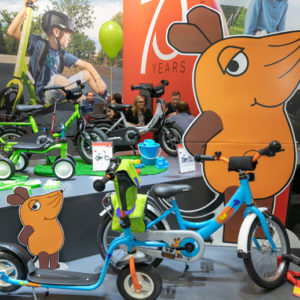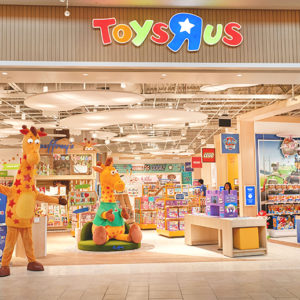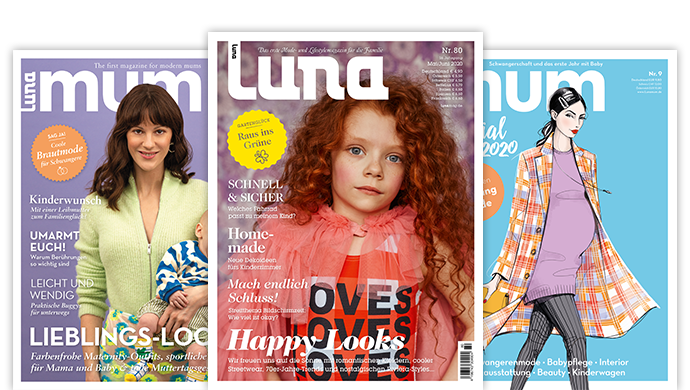The future is in Smart Textiles

Latest news

-ADVERTISEMENT- The wellness and fitness trend has arrived in the …

The fight against environmental destruction and the climate crisis are …

Anyone looking for new products in the field of toys, …

It is a market with huge dimensions and great potential. …

For companies, a social media presence has become indispensable and …

Hardly anything disturbs customers as much as waiting at the …

Research by TV station RBB has shown that some outlet …

The industry association Licensing International (formerly LIMA) has honored outstanding …

Communications manager Hannah König and managing director Stephan Schenk are …

The toy dealer wants to leave his insolvency behind him. …
The German textile and fashion industry’s turnover stagnated in 2016. But the various segments underwent different developments, with significant growth in the turnover for textiles, particularly technical textiles, so called Smart Textiles
According to the German Textile and Clothing Industry Association, the total 2016 turnover in the German textile and fashion industry grew by a total of 0.2% over the previous year to around 32 billion euros (including the shoe and leather goods industry). There were strikingly different developments in the various segments, with the turnover in textiles rising by 2.9%, which is a significant growth. Sales of clothing, however, fell by 3.8% (source: German Federal Statistical Office).
Smart Textiles are offering completely new markets for the long-term
Ingeborg Neumann, President of the German Textile and Clothing Industry Association, says: “The strongest segments are nonwovens as well as technical textiles for applications in the medical, automotive, aerospace and construction industries. Here, German companies are world leaders. In addition, with the integration of technology and electronics in textiles, smart textiles are offering completely new markets for the long-term. However, the cost-monster of the Renewable Energies Law in Germany is the biggest obstacle to international competition: we are calling for a new financing structure for renewable energies. ”
Gerd Oliver Seidensticker, President of GermanFashion, adds: “The German fashion industry faced many challenges in 2016 - nationally and internationally. Fortunately, the export engine is running again. The large losses on once-strong markets, such as Russia, were offset elsewhere, so we recorded a slight increase of 1.4% in exports. German fashion brands are still very popular due to the design and the high-quality standards of our products. ”
Smart Textiles integrate electronics in textiles. A sensory shoe sole, for example, can produce data for orthopaedic diagnoses when walking. A jacket can integrate a navigation system into the sleeves, replacing the smartphone. Working together with textile research centres, companies are developing the textiles of the future.
You can find more information in the brochure „Smart Textiles: Licht, Wärme, Daten aus der Faser“.
Bild: iStock/tashechka
//AG




Leave a Reply